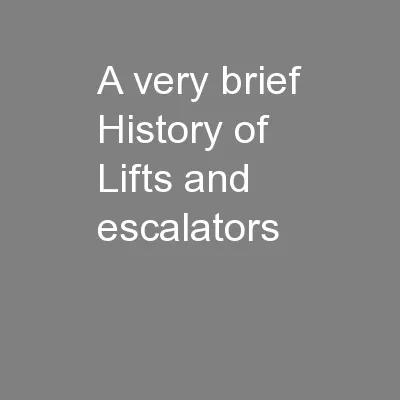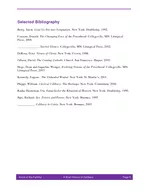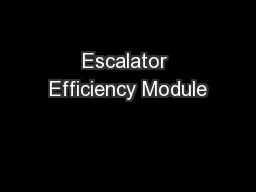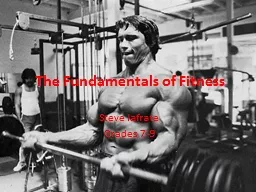PPT-A very brief History of Lifts and escalators
Author : test | Published Date : 2016-04-08
Followed by a selection guide to VT Lifts The first reference in literature to a lift is in the works of the Roman architect Vitruvius who reported that Archimedes
Presentation Embed Code
Download Presentation
Download Presentation The PPT/PDF document "A very brief History of Lifts and escala..." is the property of its rightful owner. Permission is granted to download and print the materials on this website for personal, non-commercial use only, and to display it on your personal computer provided you do not modify the materials and that you retain all copyright notices contained in the materials. By downloading content from our website, you accept the terms of this agreement.
A very brief History of Lifts and escalators: Transcript
Download Rules Of Document
"A very brief History of Lifts and escalators"The content belongs to its owner. You may download and print it for personal use, without modification, and keep all copyright notices. By downloading, you agree to these terms.
Related Documents














